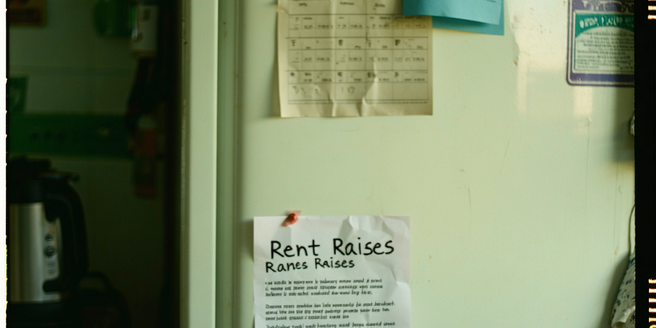Socioeconomic Impact Of Rent Increases

Understanding Rent Increases in Today’s Market
Rent increases have become a common trend in today’s housing market, driven by factors such as supply and demand imbalances, changes in interest rates, and economic shifts. These rises often outpace wage growth, making it increasingly challenging for tenants to maintain their living situations. In many cities, this issue has sparked debates about rent control and tenant protection measures. When rent hikes occur, they can result in decreased disposable income and heightened financial stress for renters. Understanding these dynamics is crucial for both tenants and policymakers in addressing affordability issues and ensuring sustainable housing solutions.
Historical Perspectives on Rent Hikes
Throughout history, rent increases have reflected broader economic trends and societal changes. During periods of inflation or economic boom, landlords tend to raise rents to maximize profits. Conversely, economic recessions can see rent freezes or reductions. The late 20th century saw significant rent hikes, particularly in urban areas, driven by rapid urbanization and limited housing supply. As cities continue to develop, the strain on affordable housing options only intensifies. These trends can exacerbate the challenges faced by low-income families in affording stable housing. Understanding these historical patterns helps contextualize current market dynamics and the cyclical nature of housing economics.
Effects on Low-Income Families and Individuals
Rent increases disproportionately affect low-income families and individuals, for whom housing costs already consume a significant portion of their income. As rents rise, these households face increased risk of housing instability or homelessness. The financial burden of increased rent can lead to difficult trade-offs between housing and other essentials like food, healthcare, and education. This ongoing issue has sparked discussions about the importance of rent control measures to protect vulnerable populations. This situation calls for urgent interventions and innovative solutions to prevent further socioeconomic disparities. Policymakers and community organizations are often called upon to address these challenges through support programs and advocacy for affordable housing development.
Ripple Effects on Local Economies
Rent increases have significant ripple effects on local economies. Higher rents can reduce disposable income, affecting local businesses as residents cut back on spending. This situation often prompts individuals to tighten their budgets, prioritizing essential expenses over discretionary ones. This, in turn, can lead to reduced economic activity and job losses. Moreover, rising living costs can increase the strain on local public services as more residents seek assistance. Additionally, high rents may deter skilled workers from relocating to areas with significant job opportunities, impacting local labor markets. Understanding these economic interconnections is vital for creating balanced policies that address rent increases while supporting economic growth and vitality.
Policy Responses and Regulatory Measures
Efforts to manage rent increases involve varied policy responses and regulatory measures. Rent control and stabilization laws are tools used by some cities to limit rent hikes and protect tenants. These measures are often debated, as they can have both positive and negative effects on the housing market. Some argue that rent control can help prevent displacement and allow for more diverse communities. However, these policies can lead to decreased housing supply and quality if not implemented carefully. Incentives for affordable housing development and zoning reforms are also common approaches. Policymakers must balance the need for affordable housing with maintaining a robust housing market, requiring nuanced, evidence-based strategies.
Future Predictions and Housing Market Trends
Looking ahead, experts anticipate that rent increases will continue to be a major issue as urbanization trends persist and housing demand rises. Technological advancements in real estate, such as data analytics, may provide better insights into managing rent prices. Investors and policymakers are increasingly focusing on strategies to mitigate potential housing crises. Additionally, tenant advocacy groups are calling for more stringent regulations to protect renters from exorbitant rent hikes. However, economic uncertainties, such as recessions or shifts in remote working trends, could impact rental market dynamics. Anticipating these trends allows stakeholders to be proactive in planning and developing sustainable, affordable housing solutions for the future.